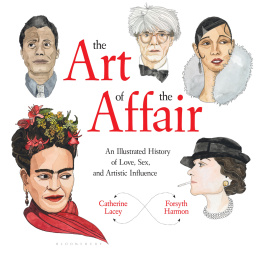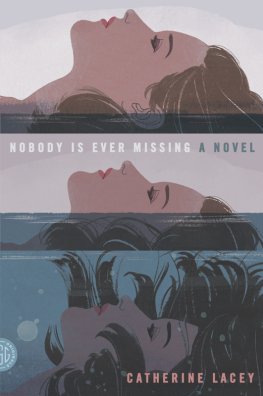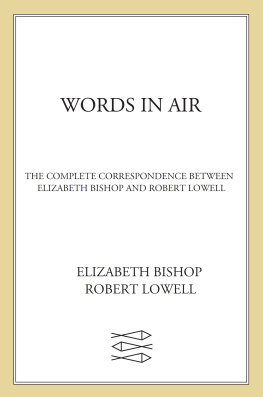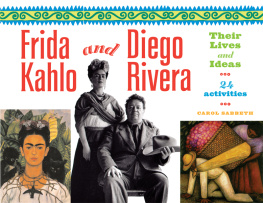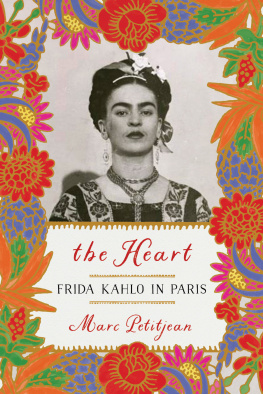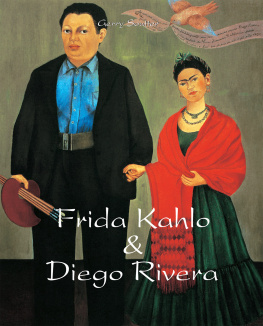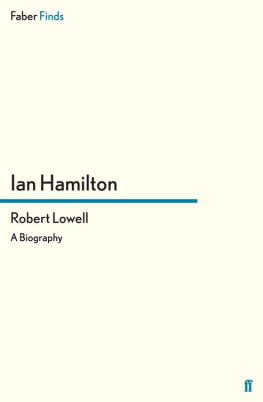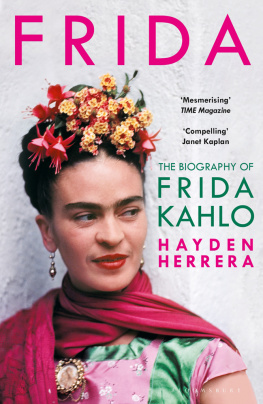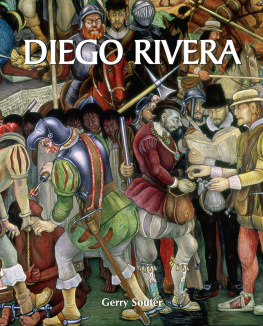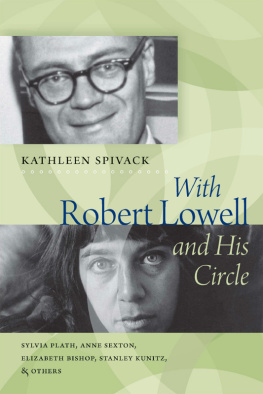
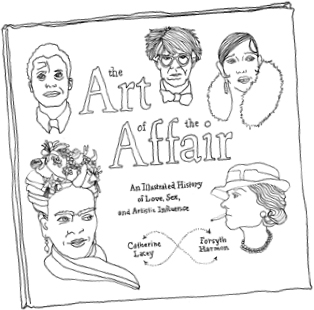
Bloomsbury USA
An imprint of Bloomsbury Publishing Plc
| 1385 Broadway | 50 Bedford Square |
| New York | London |
| NY 10018 | WC1B 3DP |
| USA | UK |
www.bloomsbury.com
This electronic edition published in 2016 by Bloomsbury Publishing Plc
Bloomsbury is a registered trademark of Bloomsbury Publishing Plc
First published 2017
Catherine Lacey and Forsyth Harmon, 2017
All rights reserved
You may not copy, distribute, transmit, reproduce or otherwise make available this publication (or any part of it) in any form, or by any means (including without limitation electronic, digital, optical, mechanical, photocopying, printing, recording or otherwise), without the prior written permission of the publisher. Any person who does any unauthorised act in relation to this publication may be liable to criminal prosecution and civil claims for damages.
No responsibility for loss caused to any individual or organization acting on or refraining from action as a result of the material in this publication can be accepted by Bloomsbury or the author.
ISBN: 978-1-63286-655-4 (HB)
ISBN: 978-1-63286-863-3 (eBook)
Library of Congress Cataloging-in-Publication Data is available.
Bloomsbury books may be purchased for business or promotional use. For information on bulk purchases please contact Macmillan Corporate and Premium Sales Department at
To find out more about our authors and their books please visit www.bloomsbury.com where you will find extracts, author interviews and details of forthcoming events, and to be the first to hear about latest releases and special offers, sign up for our newsletters.
I shall never believe in the classification of love among the purely physical joys (supposing that any such things exist) until I see a gourmet sobbing with delight over his favorite dish like a lover gasping on a young shoulder. Of all our games, loves play is the only one which threatens to unsettle the soul, and is also the only one in which the player has to abandon himself to the bodys ecstasy. To put reason aside is not indispensable for a drinker, but the lover who leaves reason in control does not follow his god to the end.
Marguerite Yourcenar
Memoirs of Hadrian
INTRODUCTION
The relationships in an artists lifewhether romantic, platonic, or collaborativecreate an unseen scaffolding of their lifes work. A painters muse shapes her oeuvre. Friends inspire a novelists heroes; enemies become villains. A single heartbreak spawns decades of poems. Creative people are drawn to one another, as notorious for falling in love as they are for driving one another insane. Seen a certain way, the history of art and literature is a history of all this love.
I started collecting these stories several years ago as a goal-oriented form of procrastination, though I was unsure of my actual goal. I kept a file titled AFFAIRS, filling it with photographs, letters, excerpts from biographies. Some I already knew (Igor Stravinsky and Coco Chanel, Arthur Miller and Marilyn Monroe) but there were plenty of surprisesthat Madonna and Jean-Michel Basquiat were once disastrously entwined, that Frida Kahlo had an unrequited crush on Georgia OKeeffe, that Simone de Beauvoir and Nelson Algren broke each others hearts. And though all these stories were fascinating, it was only when they began to link up, connecting artists from disparate fields, that I saw how it was more than just gossip, but also a chain of influence. One artists muse had an art and muse of her own, or was married to a composer who fell in love with a writer who was married to another writer, until those writers divorced, each marrying surrealist painters, then putting it all in a novel. This was far more than a history of loveit was a carnage of affairs, the inspiration behind countless works of art.
Like a conspiracy theorist, I started mapping out this web on a large white-board and spent afternoons adding new names. What began as a passing curiosity became a minor obsession. But it never would have become a book if I hadnt turned to a creative partner of my own, asking Forsyth Harmon to join me as an illustrator and curator.
Together, we decided to take a slightly broader definition of affairnot just relationships of sex and deceit, but collaborations, friendships, mentorships, and rivalries. There were many unlikely alliances. Sartre and Miles Davis were pals. Marilyn Monroe used her fame to get Ella Fitzgerald gigs. Richard Wright cited Gertrude Stein as a major influence. Albert Camus was in love with Truman Capote (or so Truman said). And I am still not over the fact that there is a single degree between Salvador Dal and Black Sabbath.
Another joy of the research was discovering forgotten geniuses, those either overshadowed by their more famous friends or marginalized for their race, sex, or sexual identity. I fell in love with the work of three incredible paintersRomaine Brooks, Lonard Tsuguharu Foujita, and Beauford Delaneysaddened that this was the first Id heard of them. Margery Latimer, a prolific young writer whose life was cut short giving birth to her and Jean Toomers child, was another example. Lil Hardin Armstrong, an accomplished jazz pianist who had a huge influence on her husband Louiss career, was yet another. Many more are in these pagesand even more, sadly, are not.
For some artists in the book, their marginalization may have helped them find each other. Since we mostly limited ourselves to artists at work in the twentieth century, many here who were either of color, queer, or both were practically obliged to go to Paristhe only place, it seems, that would just let them be. James Baldwin, Josephine Baker, Alice B. Toklas, Gertrude Stein, Beauford Delaney, Langston Hughes, and Miles Davis are just a few examples. Though many had successful careers, the stories of the prejudice they faced are heartbreaking.
Theres plenty of sadnessand scandal, as well. After Anas Nin broke the heart of a young Gore Vidal, he turned against her vengefully and publicly. Tallulah Bankheads sexual exhibitionism nearly got Billie Holiday fired from her gig at the Strand. Orson Welles held a torch for Dolores del Ro decades after their love had cooled. But between the broken hearts and jealousies were plenty of more successful pairings. Max Ernst and Dorothea Tanning had a long and loving marriage. Jean Cocteau and Jean Marais were in love until Cocteaus death. There were a few coupleselectronic music pioneers Louis and Bebe Barron, for examplewho dissolved their romantic relationships but continued as fruitful collaborators. And we end the book on Lou Reed and Laurie Anderson, who met later in their careers but seemed to have had the sort of relationship we should all aspire to.
What is so compelling about these connections, ultimately, is their unknow-ability. There were letters intentionally lost to protect others, or burned in an attempt to purge a heartbreak. And some couples tread in secrecy, leaving no evidence behind but rumor. But even when we think we know everything we can about two peoplethrough their books, letters, paintings, photographs, and journalswe will never know what they really saw when they looked at each other. The real space between people is always private. These loves always vanish, leaving us with the work they inspired.
Catherine Lacey

Next page
